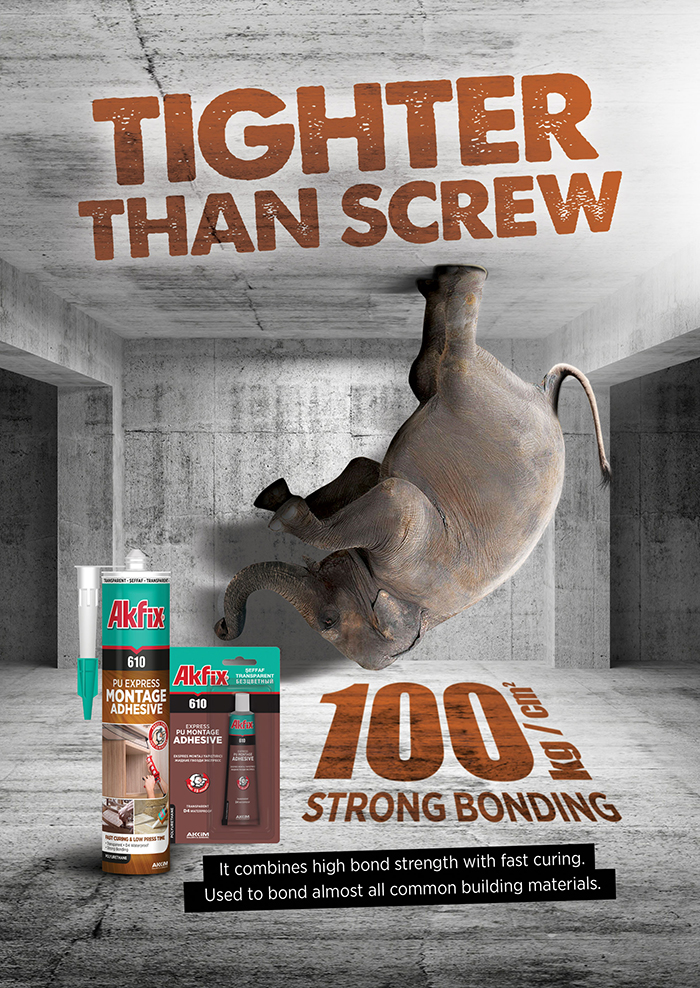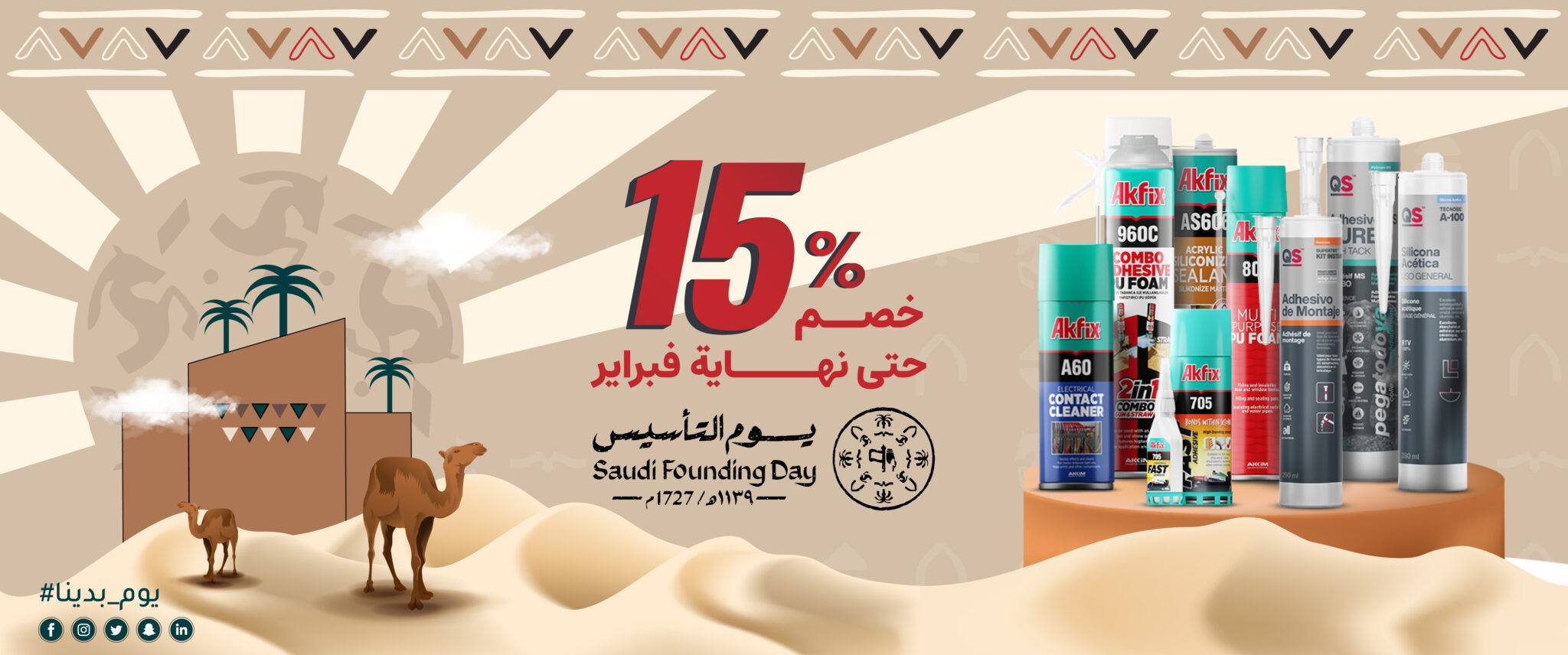How to Choose the Right Adhesive for Your Project
Choosing the right adhesive is crucial to ensure the success of the project and achieve the desired results, whether you are working on a small craft project or assembling large industrial components.
There are several factors that determine the type of adhesive to be selected, and we will discuss them in the following article:
Identifying the Types of Materials to be Bonded
The first step in selecting an adhesive is determining the materials you need to bond. Are they wood, metal, plastic, or ceramic?

For Wood: Water-based adhesives or strong adhesives like white glue or wood glue are often ideal.
For Metals: Special adhesives such as metal glue or epoxy are typically required.
For Plastic: Plastic adhesives vary depending on the type of plastic, and you may need a specialized adhesive for plastic, such as cyanoacrylate or silicone-based adhesives.
For Glass Surfaces: You can use transparent adhesives like silicone or adhesives specifically designed for glass.Determining Required Performance Characteristics
Once you know the materials you will be working with, you need to determine the characteristics the adhesive must have to meet your needs. These include:
Strength and Durability: If you need an adhesive that can withstand pressure or impact, you will need strong adhesives like epoxy or structural adhesive.
Flexibility: If you need a flexible adhesive that can handle expansion and contraction in certain projects, such as those exposed to heat or constant movement, you will need flexible adhesives like silicone or rubber-based adhesives.
Water Resistance: If your project will be exposed to water or moisture, such as in plumbing installations or outdoor products, choose a waterproof adhesive like waterproof epoxy or silicone.
Drying Time: Some adhesives require a long drying time, while others dry quickly. If you need speed in completion, choose a fast-drying adhesive.
The Environment in Which the Product Will Operate
If the project will be used in harsh environments, such as outdoors or in high temperatures, you need to choose an adhesive that can withstand these conditions. For example:
Outdoor Environments: Choose UV-resistant and weatherproof adhesives, such as silicone or polymer-based adhesives.
High Temperatures: If the temperatures in your work environment exceed normal levels, heat-resistant adhesives like epoxy or silicone may be suitable.
Ease of Application
Some adhesives may be easy to use, while other projects may require specific techniques for proper application. Ensure that the adhesive you choose matches your skill level and project requirements. For example, adhesives like white glue or cyanoacrylate come with fine applicators, making them easier to apply, while epoxy may require additional tools like syringes or attachments for proper mixing and distribution.
Cost and Availability
Of course, cost is an important factor in choosing an adhesive. Some adhesives may be expensive but offer high performance, while other options may be economical but lack specialized features. Choose an adhesive that fits your budget while ensuring it meets all project requirements.
Environmental and Health Compatibility
If the project involves food, products that will come into contact with skin, or enclosed environments, you should consider adhesives that are safe for health and the environment. Choose adhesives that do not contain toxic or harmful substances, especially for projects involving human contact or food products.
